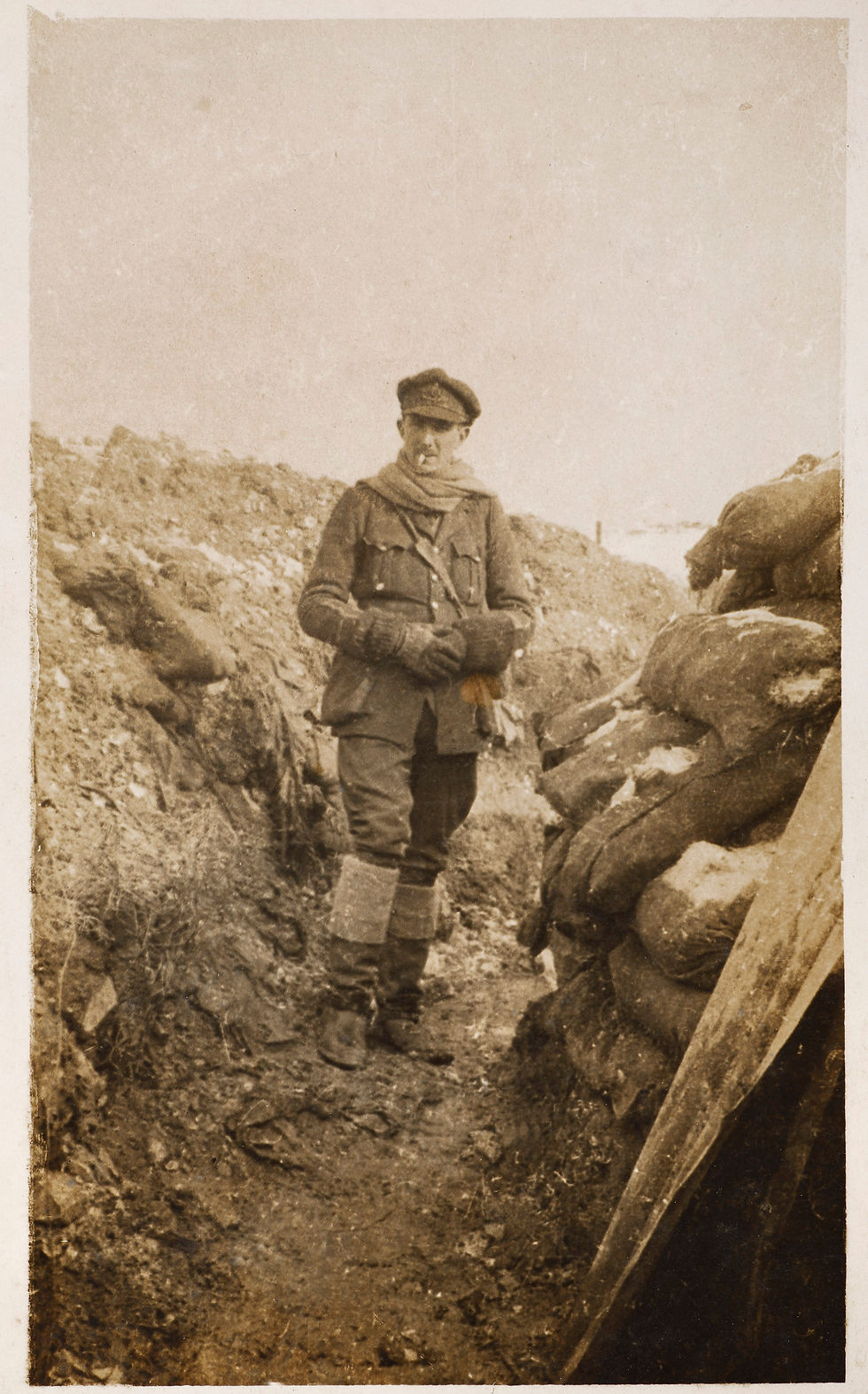Does the future sparkle for English wine?
- Harry BALLMANN

- Apr 19, 2022
- 4 min read
Sommelier Donald Edwards of 1 Michelin Star La Trompette hosts a BYO (Bring Your Own) Lunch club. The theme of the inaugural luncheon was still English Chardonnay. A bold move, some would say, but an incredible opportunity for wine fanatics (journalists and other somms mostly) to get stuck into the quality we’re only just beginning to see.
Let’s not run before we can walk, though. Even sparkling wine in England isn’t quite the finished article. English still wine lags far behind. Vintage variation in cooler climate wine growing areas makes for slow progress crafting consistent wines, year after year. Only those with the space, financial backing and foresight to invest in keeping reserve wines for an extended period of time have found luck in demonstrating any sort of consistency when it comes to sparkling wine. It remains challenging for still wine. That is, if consistency is the principle barometer of quality. The only non-vintage Blanc de Blancs available in the UK is made by Wiston Estate in Sussex, who make close to 70,000 bottles per year and have been around since 2006, for instance. All other Blanc de Blancs are vintage wines, only made in the best, and ripest years.
We can’t ignore the commercial success of English Sparkling, apparent for the last 20 years or so, thanks to Nyetimber, Chapel Down and Gusbourne. Wiston Estate follows closely. The former is now making in excess of 2m bottles per year. That’s more than Pol Roger in Champagne. Producers have done an incredible job at putting English wine on the world map, but there is still an incredibly long way to go. Despite being in the very early stages of English wine, we’re yet to find our groove, with many producers falling for imitation and commercial success, rather than innovation and personal gratification. The same can be said for Champagne. There are the Grand Marques, the large houses which craft consistent bottles for mass consumer enjoyment, and the Growers, those pushing the boundaries of terroir and taste.
Besides this gang of large scale English Sparkling producers, we can observe glimpses of potential (and indeed world-beating quality) in smaller wineries such as Langham (who produce 30,000 bottles per year for comparison) that have been awarded international accolades, beating world renowned Champagne Houses and Prosecco producers in the ways of quality wine. The standout wine for Langham was their vintage Blanc de Blancs 2015.

Non-vintage wines can be seen to be falling short in England because of the unanimous lack of reserve wine available to smaller producers, as non-vintage wines (from a consumer perspective at least) require a degree of consistency in order to be considered anything of genuine quality. That is, if comparisons are being taken from what is happening across the Channel in Champagne. People wish to recognise Roederer or Perrier-Joet for certain styles, year after year. This only happens with reserve wine. At present, only the larger English producers are achieving anything close to this, which is no bad thing.
At a recent visit to the mesmeric Hundred Hills, we stumbled across a pioneering and innovative project which is proud not to hold reserve wine. Every wine released is a vintage, and will continue to be thus. The potential is magnificent and the sky's the limit. Hundred Hills take expert influence from the world’s best wine regions, like Burgundy as well as Champagne. Consistency is less important, with site selection (having rigorously examined over 100 chalk based sites before choosing Henley-on-Thames) and expression of specific clones taking its place. Harvest dates, plot selection and a strict sustainability program are also aspects Hundred Hills take seriously.
Whilst the wines remain niche, they are a phenomenal example of a new-wave style of highly conscientious winemaking without adhering to rigorous Appellation d'Origine Contrôlée restrictions. They are best thought of as bottles to be sold by hand, rather than competing for their place on the supermarket shelves. In England, we are beginning to notice a distinct divergence between those producers who would describe themselves akin to Champenois ‘growers’, rather than to the Grand Marque Houses.

Ed Dallimore, author of The Vineyards of Britain notes that “Premium traditional method sparkling has catapulted the wines of England and Wales onto the pointy end of the world stage, but increasingly noteworthy from riper vintages and sub-regions are some incredible still wines that are equally expressive of site, season and skilled handling.” There are pockets of genuine intrigue and wines of incredible character in the still wine category (Nutbourne Bacchus, Gutter and Stars Chardonnay and Danbury Ridge Pinot Noir to name a few) but they are a long way off being at the same level of sparkling wine. That is, for the mass market. Those with palates with years of training, thousands of bottles tasted and a passion for learning are only just beginning to explore the realms of English still wine. There is quality to be had, but it can’t possibly hope to be visible on supermarket shelves, yet.
The future holds great promise for both still and sparkling English wines. Whilst we have the larger companies infringing on foreign markets, shouting from the rooftops that English wine really is here, we are cultivating a group of passionate and innovative new-wave wineries which will ascend to stardom in years to come. The emphasis will remain on sparkling wines for a good deal longer, since it has taken the regions of Chablis, Barolo and Navarra generations to cultivate what can now be described as a hereditary understanding of their terroirs. The English journey into wine, and especially still wine, is only just beginning.



Comments